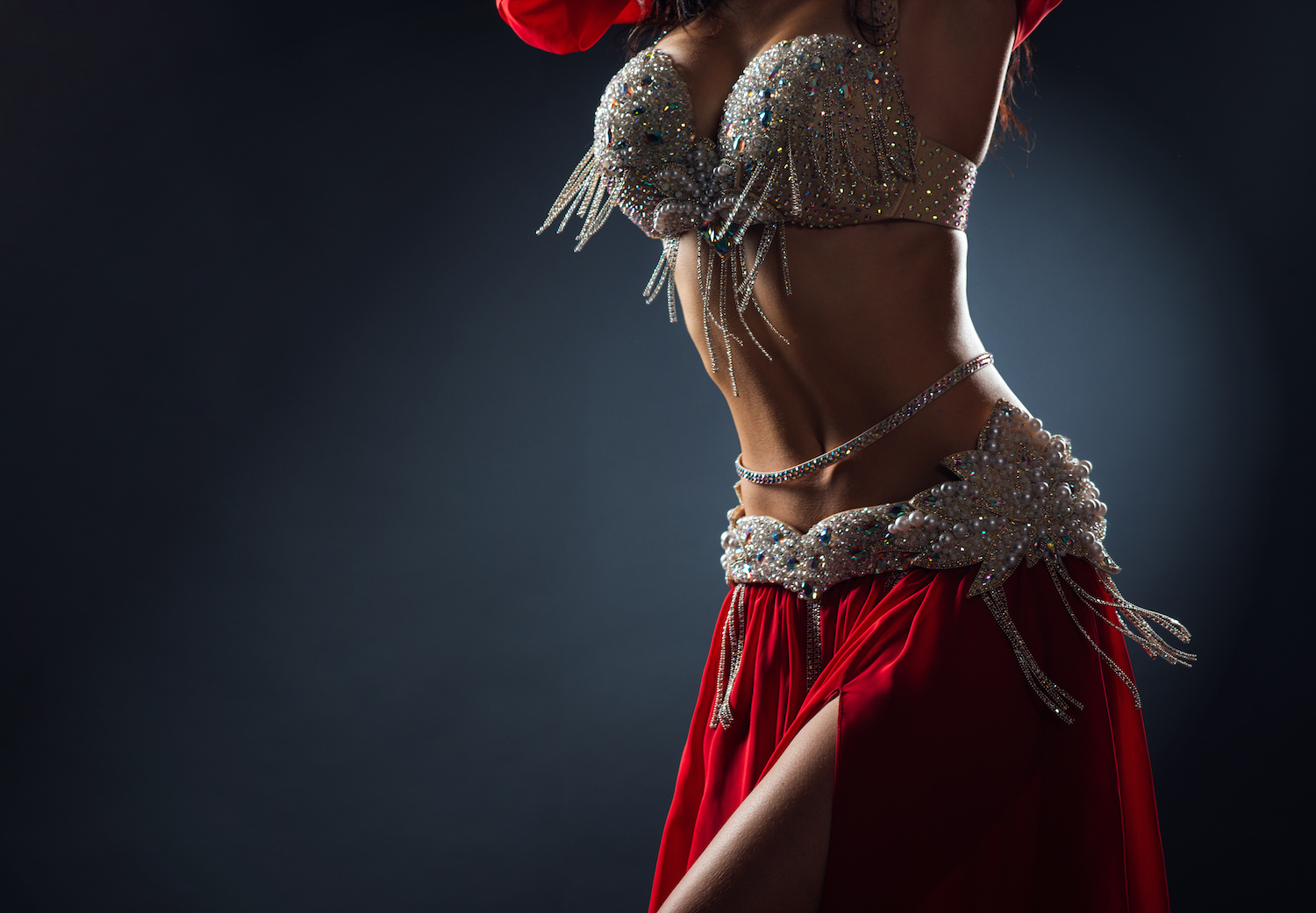Elegance in motion: the captivating world of Egyptian belly dance
Step into the enchanting world of Egyptian belly dancing, a dance form that embodies the heart and soul of Egyptian culture. With its intricate movements and rhythmic grace, Egyptian belly dance is not just a performance art but a celebration of cultural identity and history. This exploration delves into the rich tapestry of this traditional dance, unveiling its roots, unique characteristics, and the vibrant figures who have shaped its legacy.
Did ancient Egyptians belly dance?
The question of whether ancient Egyptians practiced belly dancing is a journey into history. While the exact origins of belly dance are shrouded in the mists of time, evidence suggests that dance forms resembling belly dance were indeed part of ancient Egyptian culture. These dances were likely ceremonial, celebrating fertility and the joys of life, and were integral to the rich tapestry of Egyptian rituals and festivities.
What is the difference between Turkish and Egyptian belly dancer?
Turkish and Egyptian belly dancing, while sharing some similarities, have distinct characteristics that set them apart. Egyptian belly dance, known for its fluidity and subtlety, focuses on complex hip movements and emotional expression. In contrast, Turkish belly dance is often more vigorous, with a greater emphasis on floor work and the use of props. The musical styles and costume choices also differ, reflecting the unique cultural flavors of Turkey and Egypt.
Why do Egyptian weddings have belly dancers?
Belly dancers are a staple in Egyptian weddings, symbolizing joy, celebration, and the beauty of life. Their presence is not just about entertainment; it’s a nod to tradition and a blessing for the newlyweds. The dance brings a sense of enchantment to the wedding, connecting the present with the ancestral heritage of Egypt.
Who is the most famous Egyptian belly dancer?
Egypt has been home to many legendary belly dancers, but one name often stands out: Samia Gamal. Known for her grace, elegance, and innovative techniques, Samia Gamal became an icon of Egyptian belly dance, captivating audiences both in Egypt and internationally. Her legacy continues to inspire dancers around the world, symbolizing the timeless allure of Egyptian belly dance.
Read more: Rhythm and fitness: workout with belly dance
Conclusion
Egyptian belly dance is more than just a dance form; it’s a living narrative of Egyptian history, culture, and artistry. From the ancient rituals to the vibrant wedding celebrations, it continues to be an integral part of Egyptian life, enchanting and inspiring with every rhythm and movement. As we embrace the beauty and complexity of Egyptian belly dance, we are reminded of the enduring power of dance to express, connect, and celebrate the rich tapestry of human experience.
